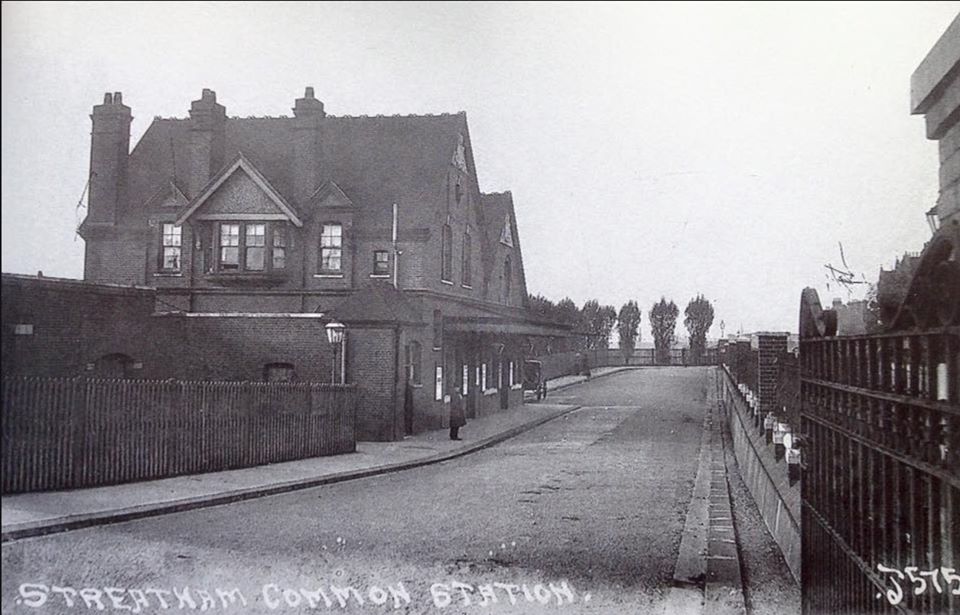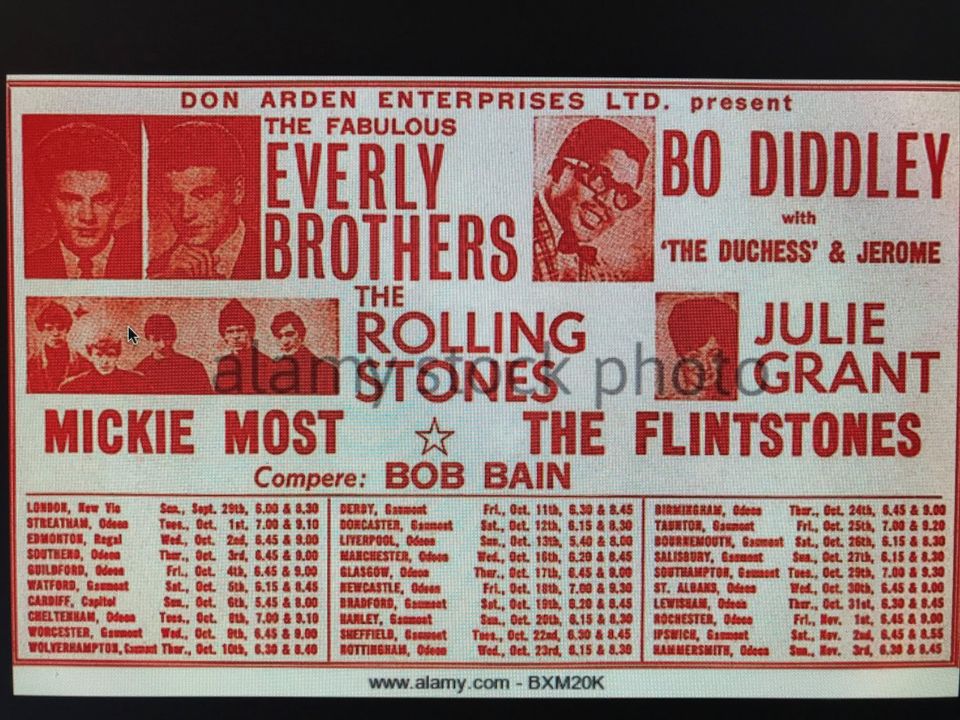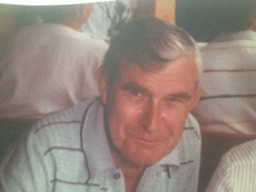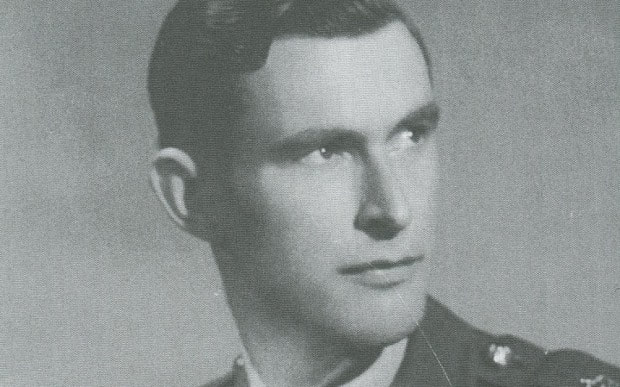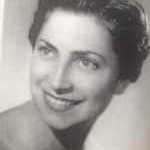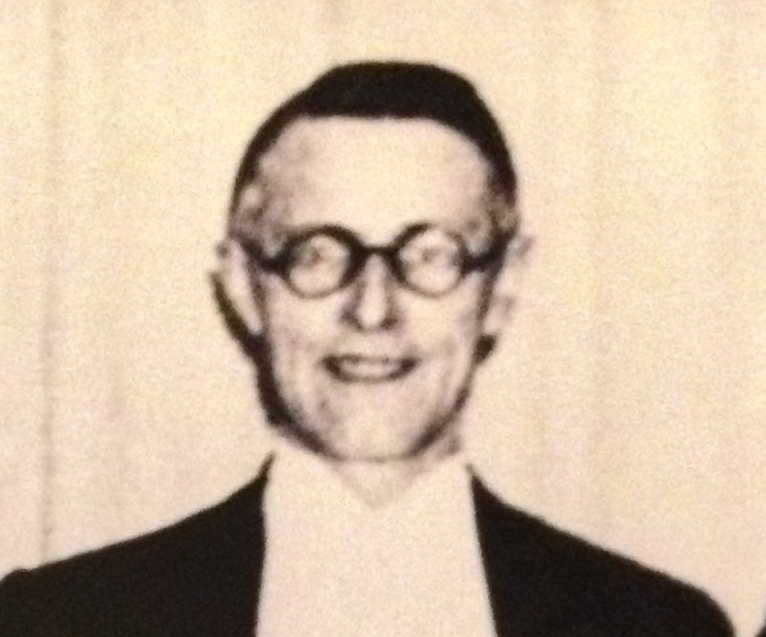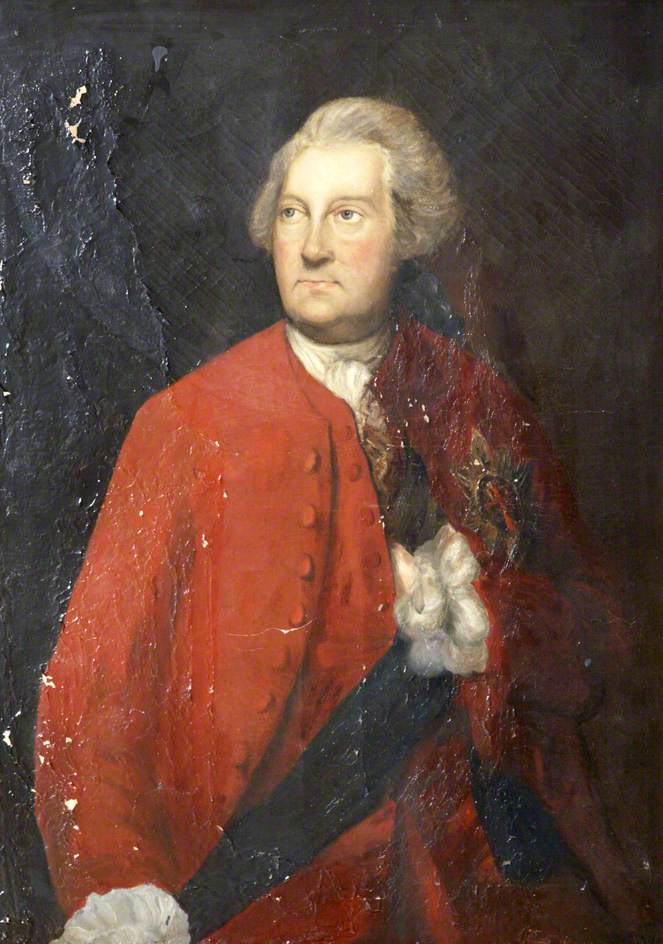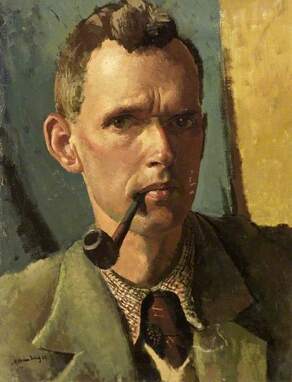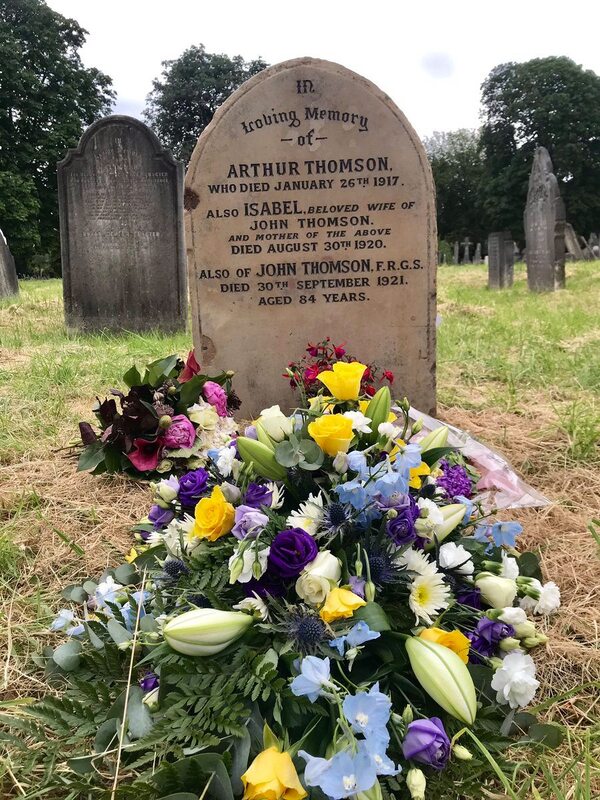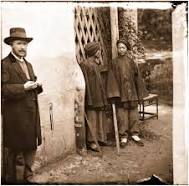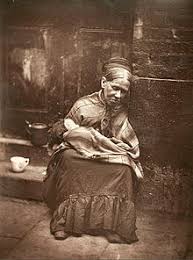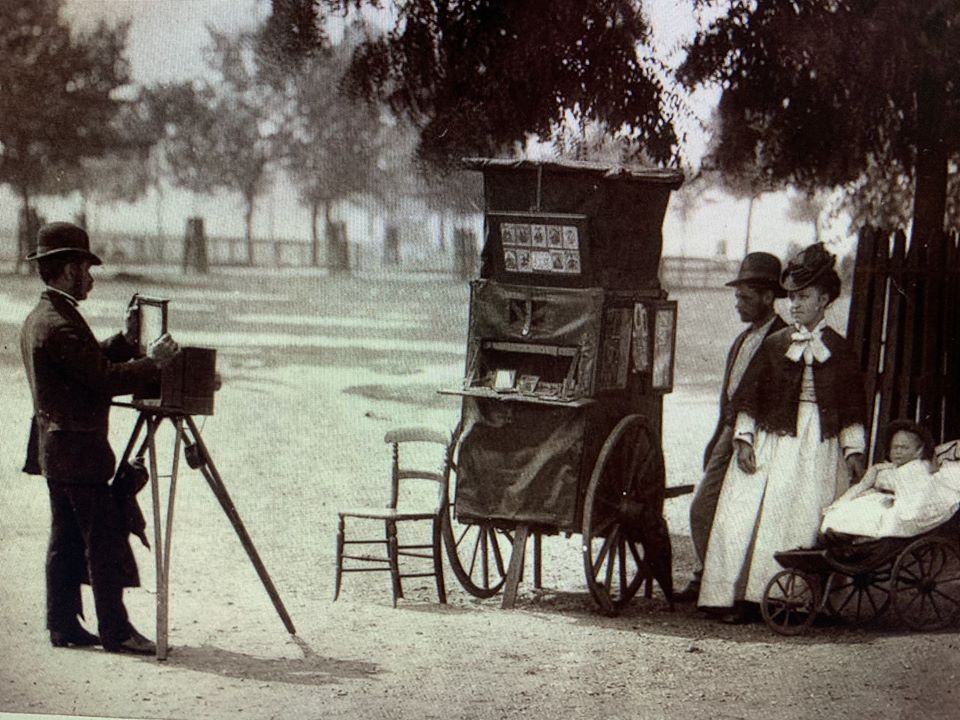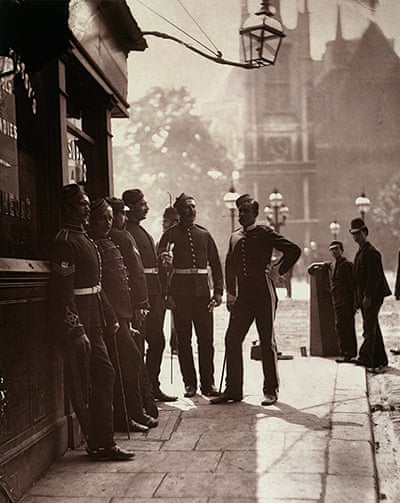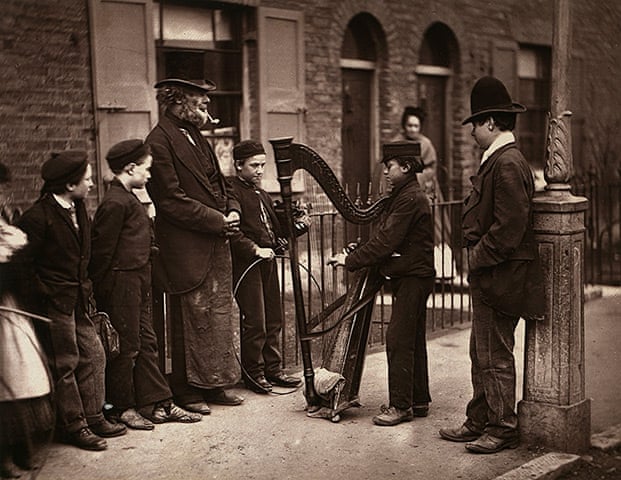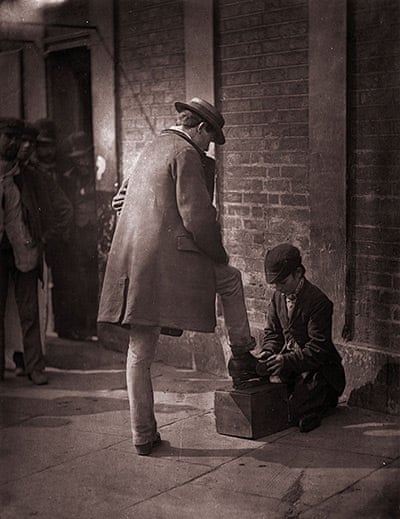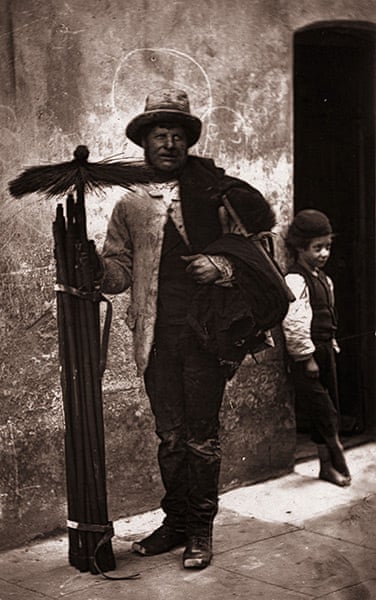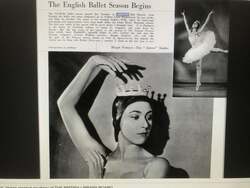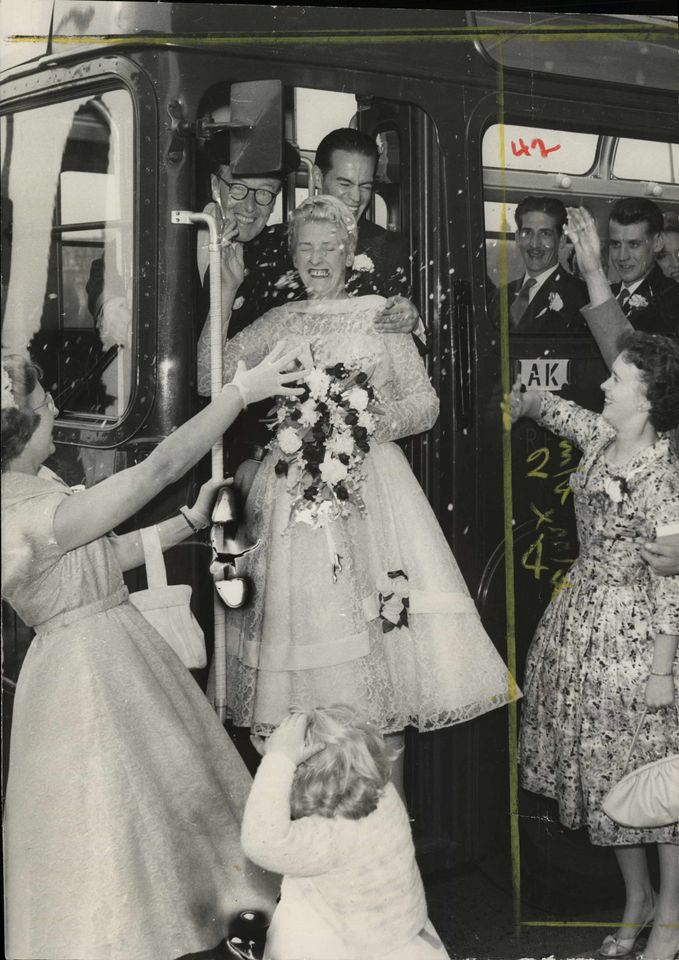|
On This Day 30th September 1918 Oliver Longley was born in Streatham
Oliver Gyles Longley CBE MC (30 September 1918 - 28 May 2015) was a British Army officer of the Second World War who won the Military Cross in 1943 for his actions in Italy while commanding a squadron of 44th Reconnaissance Regiment near Battipaglia. Longley had a number of narrow escapes during his military service, including stepping on a mine that failed to explode Telegraph Obituary 15 June 2015- Renonnaissace Officer who survived machine-gun fire and grenade attacks in Italy https://www.telegraph.co.uk/news/obituaries/11675477/Gyles-Longley-Reconnaissance-officer-obituary.html On September 16 1943, after the Allied landings at Salerno, Italy, Longley was commanding a squadron of 44th Reconnaissance Regiment (44 RR) which was holding a position south-west of Battipaglia. At dawn, they came under intense shell, mortar and machine-gun fire. His command car was riddled with bullets and was knocked out. The wireless sets were not working properly and as he ran over to contact one of the positions he saw a German taking aim at him. He dropped to the ground and the bullet missed him but a shell burst behind him wounding him in the foot. The battle raged all day. One of his armoured cars was set ablaze, killing all the crew. The enemy made determined efforts to surround the squadron but thanks to stiff resistance and the support from the Allied artillery, they withdrew before dark having taken severe losses. Longley was awarded an Immediate MC. The citation paid tribute to his courage and inspirational leadership. Oliver Gyles Longley, the son of an officer (Charles William Longley) in the Honourable Artillery Company who was also awarded an MC in the First World War, was born at Streatham on September 30 1918. He was educated at Tonbridge and then spent some time working in the family business at Smithfield before joining Gestetner, manufacturers of stencil duplicators, in 1936. He married Ginette Edith Wilson on 15th January 1949 at Le Vesinet. She worked in General de Gaulle’s private office in London Images 1 and 2 Oliver Longley Image 3 Ginette Longley (wife) Image 4 Charles Longley (father) who married Catherine Hovenden of 7 Pinfold Road at St Leonard's on 27 Jan 1914 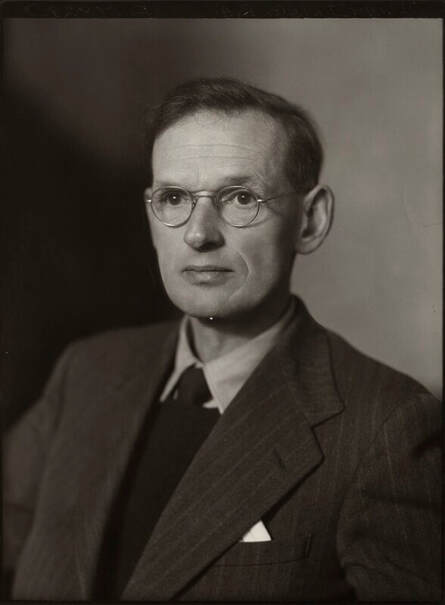 On This Day 29th September Dennis Dring died Dennis William Dring, RA (26 January 1904–29 September 1990), was an English portrait painter. Dring is reported as being born in Streatham (although the 1911 Census indicates he was born in Brixton but the family lived at 33 Kingscourt Rd in Streatham) and the 1939 census showed he lived with his wife Grace at Windy Ridge in Winchester. He died in Winchester in 1990 He studied at the Slade School of Fine Art between 1922 and 1925, where he won several prizes and scholarships. He taught drawing and painting at the Southampton School of Art until 1942. In the late 1920s Dring was commissoned by the architects Edwin Lutyens and Albert Edward Richardson to paint a number of murals. Captain Heathcote ©Imperial War Museum 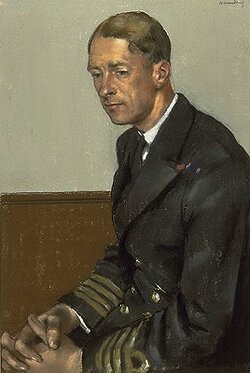 At the start of the Second World War Dring completed several portrait commissions for the War Artists' Advisory Committee, WAAC. In early 1942 he resigned from Southampton School of Art to work on a full-time contract for the Committee, specialising in Admiralty portraits. He travelled extensively within Britain at this time, painting subjects in Portsmouth, Scotland and the Western Approaches. In the late summer of 1943 he was given a second full-time contract which included more general subjects. His final war-time contract with WAAC saw Dring working on portraits for the Air Ministry throughout 1944 and 1945. Sixty-four of Drings war-time portraits, mostly pastels are in the collection of the Imperial War Museum, who also hold five oil paintings by him. There are a further forty of his wartime works at the National Maritime Museum, mostly pastel portraits. Black and white picture ©National Portrait Gallery Self Portrait - Russell Coates Art Gallery & Museum ©artist's estate / Bridgeman Images. Photo credit: Russell-Cotes Art Gallery & Museum Captain Heathcote ©Imperial War Museum John Thomson died On This Day 29 September 1921. A resident with his wife Isabel at 51 Woodfield Avenue and Mount Ephraim Road Streatham. They are both buried at Streatham Cemetery
A photographer and travel writer, he was born on 14 June 1837 at Portland Place, Edinburgh, the third of the four children to survive infancy of William Thomson (1794–c.1870), tobacconist, and his wife, Isabella Newlands (1801–1863). He contributed a series of illustrated articles on life in China to The Graphic in 1872–3, published privately a magnificent portfolio of carbon prints, Foochow and the River Min (1873), and more importantly a large-scale work, Illustrations of China and its People(1873–4), which was responsible for firmly establishing his reputation as a photographer, traveller, and leading authority on China. He was decorated by the French Government for his work in Cambodia (Source Richard Ovenden) ****Please note although the literature states his death as the 29th August the probate register and the grave states 30 September 1921. Resident "Moordown" 51 Woodfield Ave and also 22 Brook Street Hannover Square 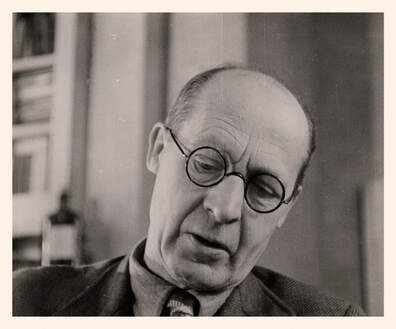 On This Day 28 September 1904 Ernest Howard Shepard married Florence Eleanor Chaplin at St Andrew's Streatham Ernest Howard Shepard was an English artist and book illustrator. He is known especially for illustrations of the anthropomorphic animal and soft toy characters in The Wind in the Willows and Winnie-the-Pooh. 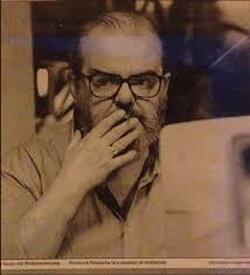 RJ Hollingdale, who translated most of Nietzsche's texts, wrote a definitive biography of the philosopher and, in 1989, was elected founding president of the Friedrich Nietzsche Society. Affectionately known as "Reg", he was also a journalist, working as a sub-editor at the Guardian, and as a critic for the Times Literary Supplement. Many assumed, wrongly, that Hollingdale was a trained academic In fact, he was born and raised in Streatham, attended Tooting Bec grammar school, left at 16, did national service in the RAF, and then paid to have private German lessons. At a time when paper shortages made jobs scarce for journalists, he mastered his crafts as journalist, linguist and writer through a mixture of singleminded determination and sheer talent. (Guardian https://www.theguardian.com/…/o…/10/guardianobituaries.books) This appeared in the Daily Mail 27 September 1958
The marriage of June White and Robert Frances in Streatham |
AuthorMark Bery, Secretary Streatham Society Archives
March 2024
|
| The Streatham Society |
|
